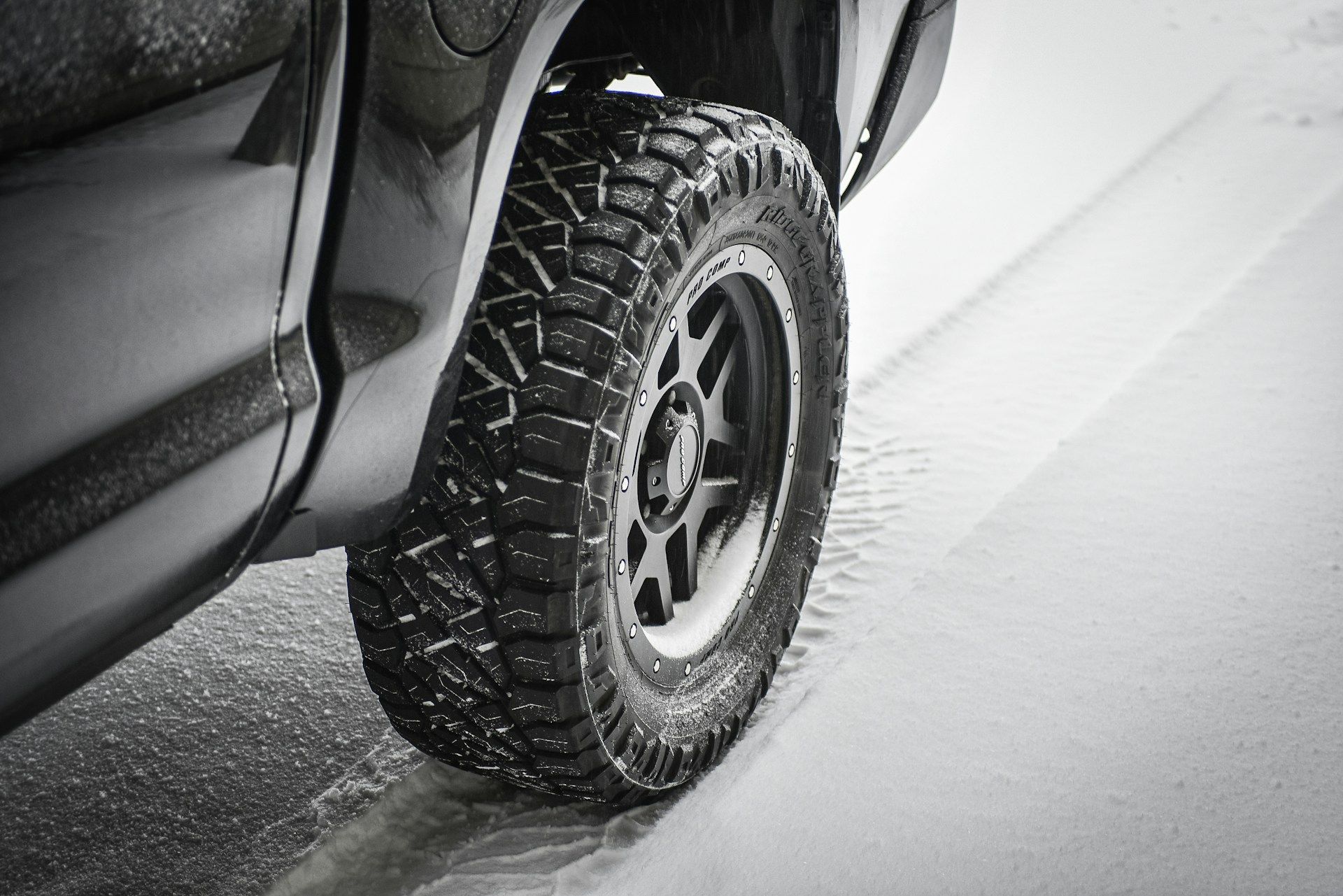In the frigid winters of Canada, where snow and ice blanket the roads, safe driving requires heightened awareness and preparedness. As you embark on your winter journeys, implementing a comprehensive approach to winter driving safety becomes paramount. Here are crucial tips, expanded upon for a more in-depth understanding, ensuring your safety and maintaining control over your vehicle in challenging winter conditions.
1. Install Winter Tires
Transitioning to winter tires is not just a suggestion; it's a fundamental necessity for safe winter driving. These specialized tires are engineered with a unique tread pattern and a softer rubber compound, providing improved traction on snow and ice. Additionally, their deeper grooves help displace slush, reducing the risk of hydroplaning.

2. Regular Vehicle Maintenance
Beyond the routine checks, delve deeper into your vehicle's well-being. Ensure your brakes are in optimal condition, as the ability to stop safely on icy roads is crucial. A well-maintained battery is equally important, as the cold weather can be taxing on its performance. The cooling system must be functioning efficiently to prevent engine overheating, and all lights should be inspected regularly for visibility in winter's reduced daylight hours.
3. Reduce Speed and Maintain Safe Distances
In icy conditions, the braking distance of your vehicle significantly increases. Reduce your speed and maintain a safe following distance to allow for adequate reaction time. Remember, it's better to arrive at your destination a bit later than risk an accident due to excessive speed.
4. Avoid Sharp Turns and Sudden Stops
On icy roads, sudden maneuvers can lead to loss of control. Plan your turns well in advance, and apply brakes gently to avoid skidding. Gradual acceleration and deceleration contribute to maintaining stability on slippery surfaces.

5. Carry Emergency Equipment
Your winter driving toolkit should extend beyond the basics. In addition to a first aid kit, blankets, and a flashlight, consider including items like a small shovel, ice scraper, and sand or cat litter for added traction in case your vehicle gets stuck.
6. Check Weather Forecasts
Stay ahead of the weather by regularly checking forecasts before hitting the road. This practice not only helps you anticipate road conditions but also enables you to plan your route accordingly, avoiding potentially hazardous areas.

7. Use Adequate Lighting
Daylight is scarce in winter, and reduced visibility is a common challenge. Ensure your headlights are in working order, and use them even during the day to increase visibility. This simple measure enhances your safety and makes your vehicle more noticeable to others on the road.
Implementing these comprehensive tips will significantly enhance your safety during winter driving in Canada. Whether navigating the bustling city streets or the serene rural landscapes, these guidelines ensure a secure winter driving experience.
Remember, your safety and the safety of others on the road are paramount. Incorporate these practices to mitigate risks and create a safer road environment for everyone. Drive safely, be prepared, and enjoy the winter wonderland with confidence!
